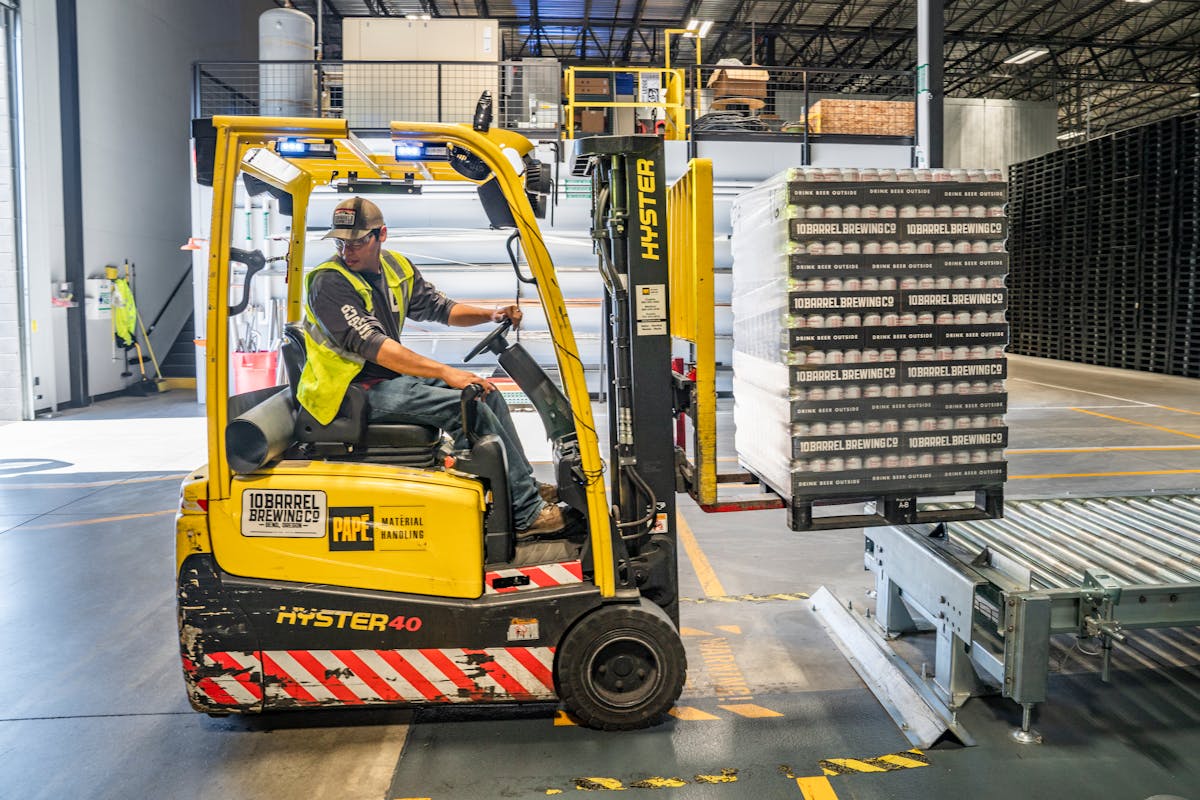- Warehouses face challenges with limited space and accessibility in vertical storage.
- Strategies include assessing needs, selecting suitable solutions, and optimizing space.
- Implementing vertical racking, automated systems, and forklift usage improves efficiency.
- Vertical slotting and integration enhance space utilization and workflow optimization.
- Safety measures like regular inspections and ongoing training ensure a secure working environment.
Efficient storage management is crucial for warehouses in countries like Singapore, Germany, and China to optimize space, streamline operations, and maximize productivity. However, vertical storage presents unique challenges that can hinder efficiency if not addressed effectively. From limited space to accessibility issues, navigating these hurdles requires strategic planning and innovative solutions. This article will delve into actionable strategies to conquer vertical storage challenges in warehouses, ensuring smooth operations and enhanced productivity.
Assessing Vertical Storage Needs
Analyzing Space Constraints
Warehouses often grapple with limited floor space, making vertical storage a necessity. Begin by evaluating the available space vertically to determine the maximum height for storage solutions. Consider factors such as ceiling height, structural integrity, and safety regulations to optimize vertical storage without compromising safety or efficiency.

Understanding Inventory Requirements
Effective vertical storage begins with a thorough understanding of your inventory. Categorize items based on size, weight, and frequency of access to determine the most suitable storage solutions. Utilize inventory management software to track stock levels and identify fast-moving items that require convenient accessibility within vertical storage systems.
Choosing the Right Storage Solutions
Implementing Vertical Racking Systems
Vertical racking systems, such as pallet racking and cantilever racks, offer efficient storage solutions for warehouses with limited floor space. Select racking systems tailored to your inventory requirements and storage space constraints. Ensure proper installation and adherence to safety guidelines to prevent accidents and optimize storage capacity.
Exploring Automated Storage and Retrieval Systems (AS/RS)
Automated Storage and Retrieval Systems (AS/RS) revolutionize vertical storage by automating the process of storing and retrieving inventory. These systems utilize robotics and advanced technology to maximize storage density and streamline operations. Evaluate the feasibility of AS/RS based on your warehouse size, budget, and inventory characteristics to enhance efficiency and productivity.
Enhancing Accessibility and Efficiency
Implementing Vertical Conveyors
Vertical conveyors provide seamless transportation of goods between different levels of vertical storage systems, eliminating the need for manual handling and reducing labor costs. Integrate vertical conveyors strategically within your warehouse layout to optimize workflow and enhance accessibility to stored inventory.
Utilizing Forklifts for Vertical Reach
Forklifts play a crucial role in navigating vertical storage challenges by enabling operators to access inventory stored at varying heights. Invest in a forklift equipped with specialized attachments, such as reach trucks or order pickers, to efficiently handle vertical storage tasks. Train operators on safe forklift operation practices to minimize the risk of accidents and ensure smooth warehouse operations.

Optimizing Space Utilization and Organization
Implementing Vertical Slotting Techniques
Vertical slotting involves organizing inventory based on size, weight, and picking frequency to maximize space utilization within vertical storage systems. Adopt slotting techniques such as ABC analysis and cubic space utilization to prioritize high-demand items and minimize wasted space. Regularly review and adjust slotting strategies to adapt to changing inventory dynamics and optimize efficiency.
Embracing Vertical Integration
Vertical integration involves integrating storage, picking, and fulfillment processes vertically within the warehouse layout to streamline operations and minimize travel distances. Design a vertical workflow that aligns with the order fulfillment process, allowing for seamless movement of goods from storage to shipping areas. Leverage technology such as Warehouse Management Systems (WMS) to orchestrate vertical integration and enhance operational efficiency.
Implementing Safety Measures
Conducting Regular Inspections
Safety should always be a top priority in warehouse operations, especially when dealing with vertical storage. Schedule regular inspections of storage systems, racks, and equipment to identify any signs of wear, damage, or structural weaknesses. Addressing potential hazards promptly can prevent accidents and ensure a safe working environment for warehouse staff.
Providing Ongoing Training
Proper training is essential for forklift operators and warehouse personnel involved in vertical storage tasks. Offer comprehensive training programs that cover safe operating procedures, equipment handling techniques, and emergency protocols. Regular refresher courses and updates on safety regulations help reinforce best practices and promote a culture of safety within the warehouse.
Mastering vertical storage challenges in warehouses requires a strategic approach that encompasses space optimization, accessibility enhancement, efficient organization, and robust safety measures. By assessing storage needs, choosing the right storage solutions, optimizing space utilization, and implementing safety measures, warehouses can overcome vertical storage hurdles and unlock greater efficiency and productivity. Embracing innovative technologies such as automated storage systems and vertical conveyors further enhances operational efficiency, while proper training and safety measures ensure a secure working environment. Conducting regular inspections and providing ongoing training contribute to maintaining safety standards and preventing accidents. By implementing these comprehensive strategies, warehouses can navigate vertical storage challenges with confidence, paving the way for streamlined operations, sustainable growth, and a safe working environment for all personnel involved.







